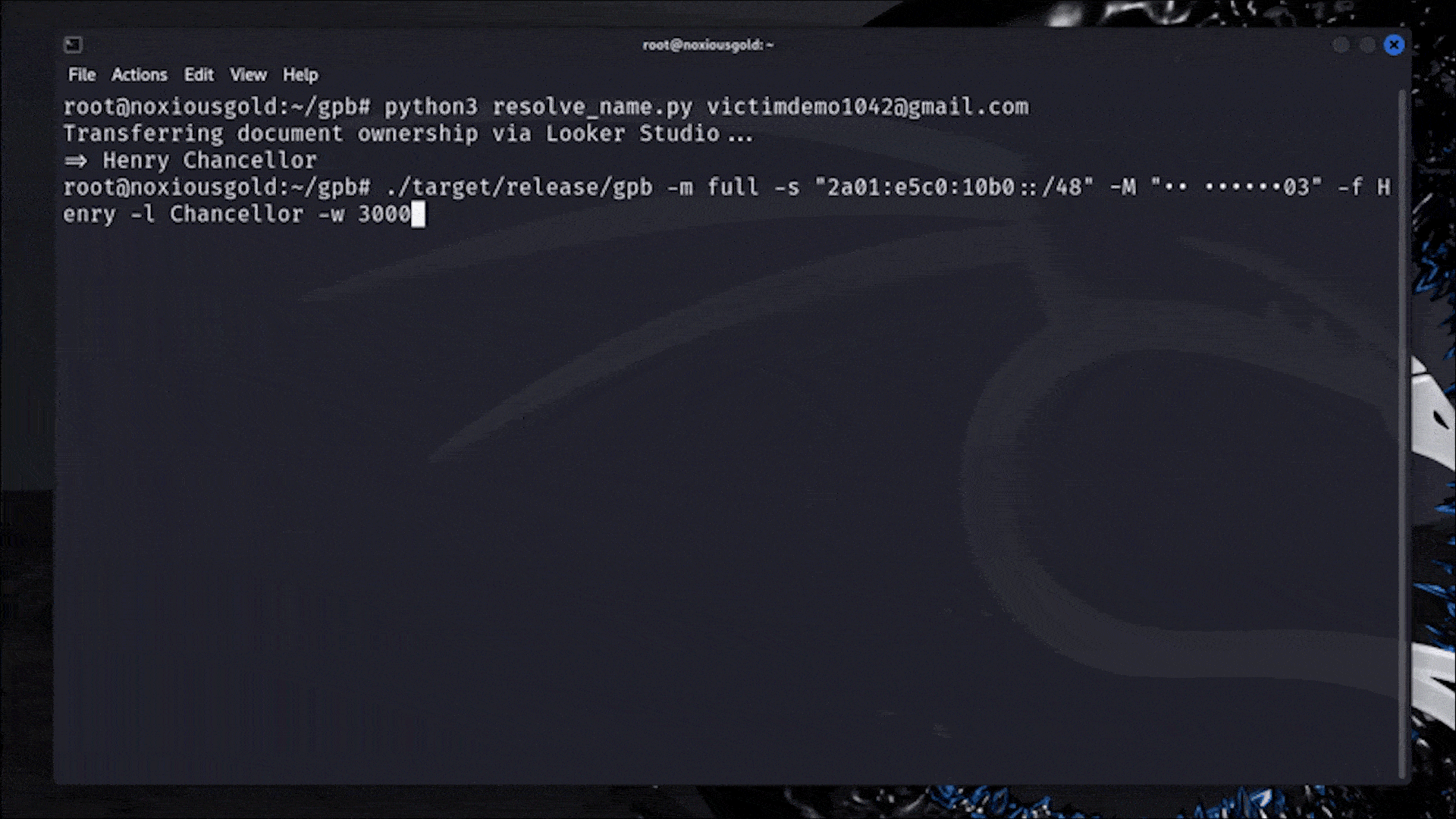After years of speculation, the United Kingdom has finally announced it will buy conventional takeoff and landing (CTOL) F-35A stealth fighters to operate alongside the short takeoff and vertical landing (STOVL) F-35B models it already uses. The F-35A offers a number of advantages over the F-35B, but the U.K. Ministry of Defense specifically highlights its ability to join the NATO nuclear mission, which would see the jets armed with U.S.-owned B61-12 nuclear gravity bombs. However, the British will initially only buy a dozen F-35As, and the Royal Air Force notes that these will be assigned to a training unit and will primarily be used in that role.
[…]
Earlier this month, a Strategic Defense Review, published by the U.K. Ministry of Defense, had suggested that the future Lightning Force could comprise a mix of F-35As and F-35Bs. The F-35A, of course, is unable to operate from aircraft carriers, but such a mix could be adopted “according to military requirements to provide greater value for money.”
Now, nuclear strike is one of those official “military requirements.”
Currently, the United Kingdom relies exclusively on a submarine-based nuclear deterrent, based around Trident II D5 missiles.
[…]
The new F-35As will be based at RAF Marham, in eastern England, a base that was previously used for the nuclear strike role by Tornados armed with WE.177.
[…]
“Day-to-day, the F-35As will be used in a training role on 207 Squadron, the Operational Conversion Unit (OCU),” the Royal Air Force says. “As the F-35A carries more fuel than the F-35B variant, it can stay airborne for longer, extending the available training time in each sortie for student pilots. As F-35As also require fewer maintenance hours, there will be increased aircraft availability on the OCU. These factors combined will improve pilot training and reduce the amount of time for pilots to reach the frontline squadrons.”
Of course, a pilot can’t use the F-35A to train for STOVL missions, but the tradeoff should be more F-35Bs available to deploy aboard the two Queen Elizabeth class aircraft carriers.
[…]
In the meantime, the United Kingdom faces a growing problem of supporting U.S.-origin military aircraft — E-7 Wedgetail, P-8 Poseidon, RC-135W Rivet Joint, and now the F-35A — with a fleet of Voyager tankers that don’t have refueling booms.
[…]
As it stands, a fleet of just 12 jets adds another type with some different maintenance and infrastructure requirements, and a relatively low availability rate, at least historically. At the same time, the training that it offers is not 1:1 for the STOVL F-35B, and it is questionable whether it will save money in the long run.
[…]
the decision to buy the F-35A could have repercussions on the future of the Global Combat Air Program (GCAP), the future air combat initiative at the heart of which is the Tempest crewed stealth fighter.
[…]
Source: Royal Air Force Goes Nuclear With F-35A
A great choice (not) considering the US can kill F-35 operations pretty quickly by stopping supply lines, which they may do if they decide they don’t like the UK doing certain things (eg helping the Ukraine vs Russia). And then there is the fact that the TR3 built F-35s (all of them built in the last 1.5 years) can only be used in a training role due to deeply rooted problems – so not operationally (which is probably why these things will only be used in the training role). With the US being a fickle ally and the need for Europe to re-arm this smacks of US blackmailing in order to get the UK to buy a shitty and hugely expensive weapons system, that will come at a cost to the EU / UK defence industry and sovereign abilities.








